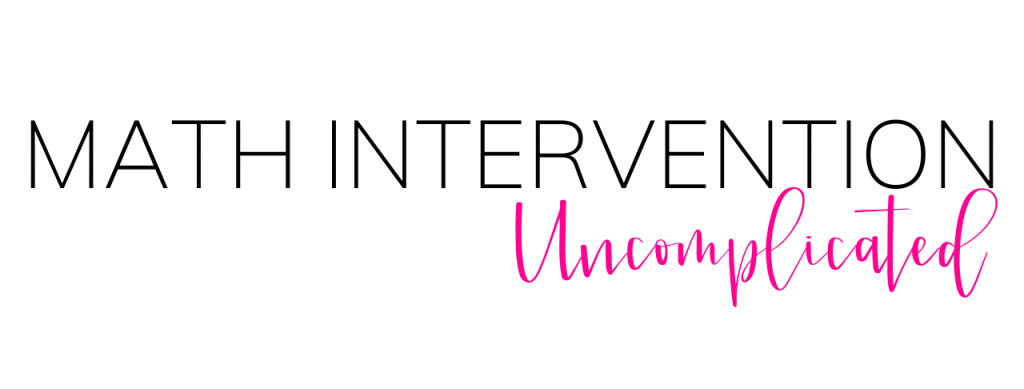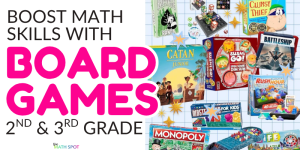
If you haven’t yet implemented a strategy for your math intervention program you may be wondering exactly how you can get started.
When Will You Meet With Your Math Intervention Groups?
First and foremost, you have a logistical challenge. When will you meet with your math intervention group? How often and exactly where in the scope of your week will this happen? If these questions are not answered, you can create the most beautiful plan for math intervention— but it may never be implemented!
This blog post walks you through a number of questions and options that will help you to carve out the time you need to get your math intervention program on the calendar!
Who Will You Meet With In Your Math Intervention Groups?
If you are a classroom teacher, your goal is to work with students who have gaps in their skills and understandings from the instruction you have already delivered and have, largely, moved on from. This is most likely tier 2 instruction.
Most often, the instruction that you deliver becomes foundational to future units. For example, a second grade unit about understanding 3-digit numbers becomes foundational to a future unit about how to add 3-digit numbers using strategies based on place value.
You can determine the students you will be working with based simply on your own classroom assessments! Look at your students’ results- who is still needing more support? Those are the students your math intervention program will target.
If you are a math interventionist, or a teacher providing tier 3 supports, your goal is also to work with students who have gaps in their skills and understandings- these skill gaps will likely be much deeper than those seen at the tier 2 level.
For example, in the classroom setting your students may be working on understanding 3-digit numbers, however, these students may have a lack of understanding of 2-digit number place value.
You can determine the students you will be working with by looking at multiple data points. Look across grade level screeners, classroom assessments and even report card data. The students who consistently show up as “below grade level” are likely in the most need of tier 3 support.
Where Do I Start My Instruction?
You may be working with students who “seem to need everything“. If this is the case, focus your work on understanding NUMBERS and OPERATIONS.
Work through the continuum of number and operation skills beginning at the kindergarten level and start your instruction wherever you see a gap in understanding.
- Do your students know and understand numbers to 10?
- Do your students know and understand addition and subtraction to 10?
- Do your students know and understand teen numbers?
- Do your students know and understand addition and subtraction strategies to 20?
- Do your students know and understand numbers to 100?
- Do your students know and understand addition and subtraction strategies to 100?
- Do your students know and understand numbers to 1,000?
- Do your students know and understand addition and subtraction strategies to 1,000?
- Do your students know and understand the meaning of multiplication and division?
- Etc.
These questions are broad but will give you an idea of where you may need to start with your students- looking at the standards beginning at Kindergarten can help gain clarity around specific skills as well.
Get Your Math Intervention Program Started
With these three key decisions, When will I work with my math intervention students, who needs math intervention and what will I be teaching within my math intervention group you are ready to get started!
Want To Learn More About Math Intervention?

Math Intervention Uncomplicated will be opening for a new cohort this October! If you are ready to simplify your math intervention strategy click here to join the waitlist– you’ll be the first to know when doors open!



